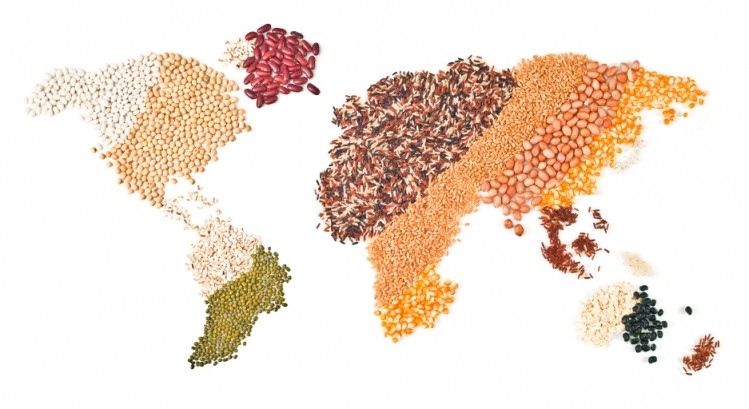Free trade boosts US feed grain exports to South America

“Free trade agreement implementation has provided beneficial access for US feed commodities such as corn, and this has helped to boost US exports and helped the US to gain market share,” Levin Flake, senior agricultural economist at the Foreign Agricultural Service/USDA, told FeedNavigator.
The US currently has free trade agreements with three South American countries: Colombia, Peru and Chile. Although these countries only account for 37% of total South American agricultural imports, they account for 56% of US sales to the region, according to the International Agricultural Trade Report published on 15 May.
The report noted that exports to these countries had increased much faster than to the rest of South America, up 170% in the past five years, compared to a 100% increase to South American countries where there is no free trade agreement.
US corn exports - mainly destined for feed markets - to South America experienced exponential growth last year, rising by almost 200% to a historic high of over US$1.6 bn in 2014, according to USDA figures. Soybean exports also leapt by 60% to US$204m, whilst exports of other feed commodities showed more modest increases - exports of soybean meal, feeds & fodders and distillers grains were worth US$826m, US$341m and US$45m respectively.
US dominates Colombian corn trade
As to which South American markets represent the most important outlets for US feed grains, Flake said that on a value basis, in 2014, Colombia was by far the largest South American market for corn, with US shipments totaling US$892m, as well as for soybeans, with US exports valued at US$150m in 2014.
“This reflects both increased import demand and a shift towards the United States and away from other suppliers,” said Flake.
Colombia hasn’t always been a big trader in US corn. In 2012, US corn represented just 5% of the country’s feed supply. The turning point came in 2012, when the US-Colombia Trade Promotion Agreement entered into force, and by 2014, the US market share had exploded to 97%, displacing Argentinian and Brazilian corn supplies which are subject to higher duties.
Peruvian poultry production drives corn demand
After Colombia, Venezuela and Peru are the two largest markets for US feed grains.
“US exports of feed products have increased due to a combination of rising demand in these countries due to increasing livestock and poultry production, as well as beneficial access for US feed commodities,” explained Flake.
US corn exports to Peru sky-rocketed in 2014 to a record US$472m in value, according to the USDA. It said this steep increase resulted from the tariff preferences of the US-Peru Trade Promotion Agreement and the price competitiveness of US corn in international markets. Peru also accounted for US$21m of US soybean imports in 2014.
Additionally, Peru is importing for testing purposes dried distiller grains, seeking to improve the quality of domestically produced animal feeds. The USDA’s attaché in Lima believes that US distillers’ grains have good market prospects, and that Peru is potentially a 100,000 metric ton market for this commodity.
In 2014, Venezuela imported US$250m of US corn and US$35m of US soybeans.








